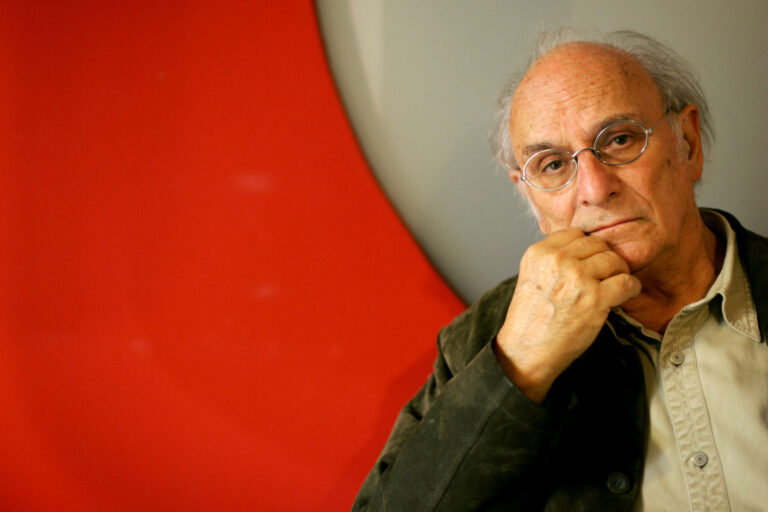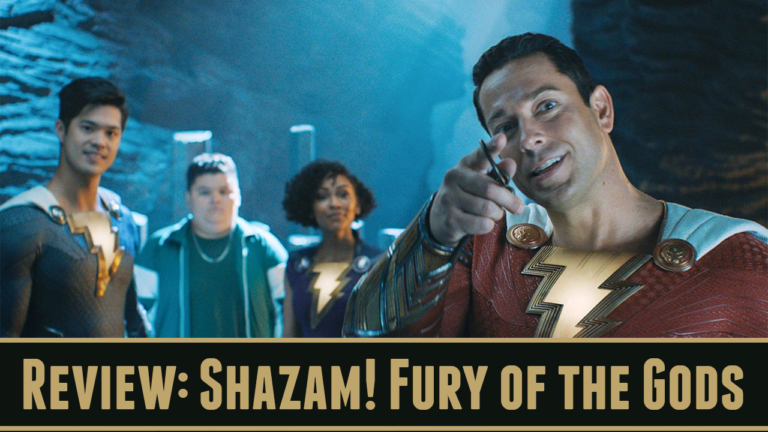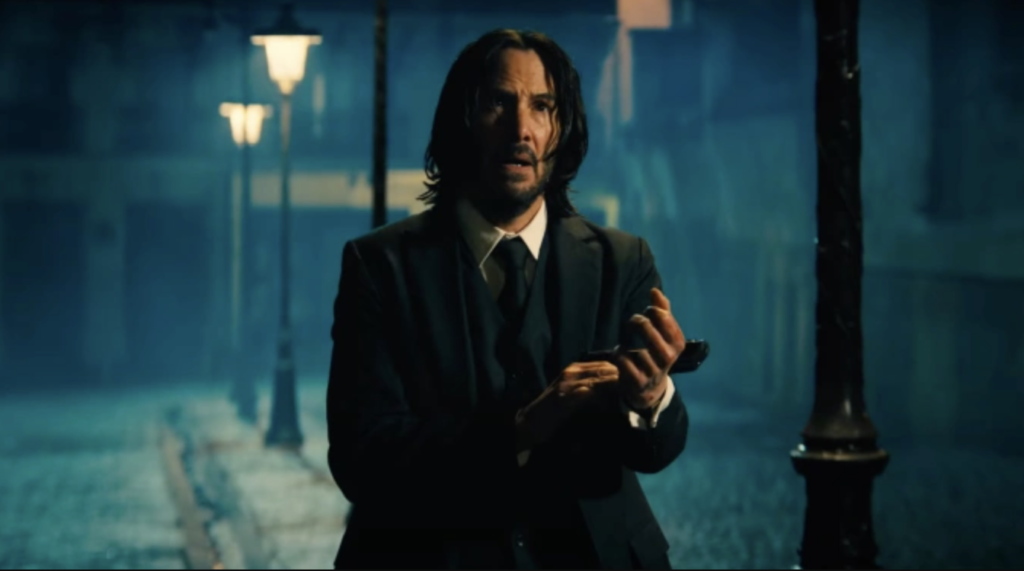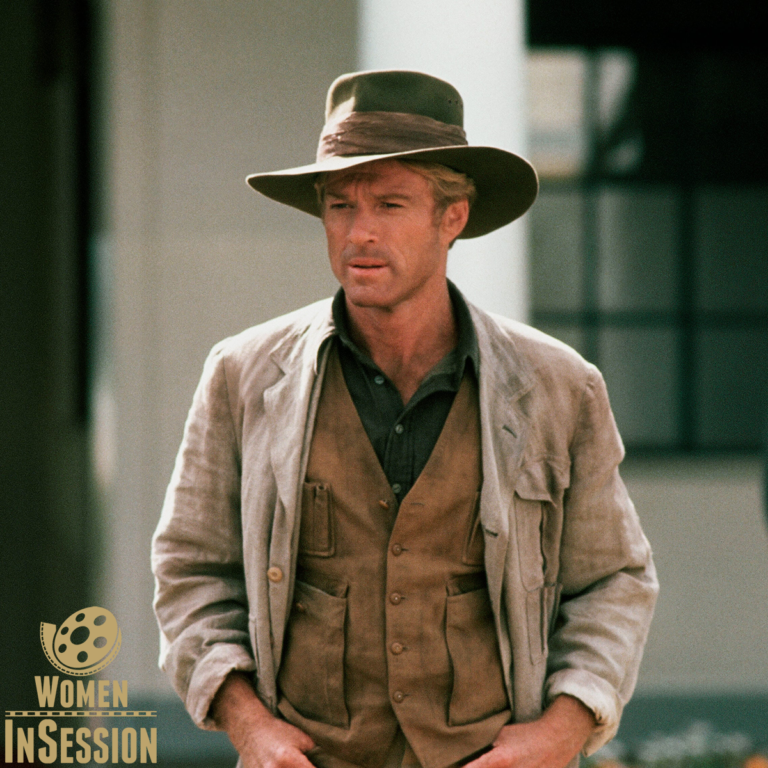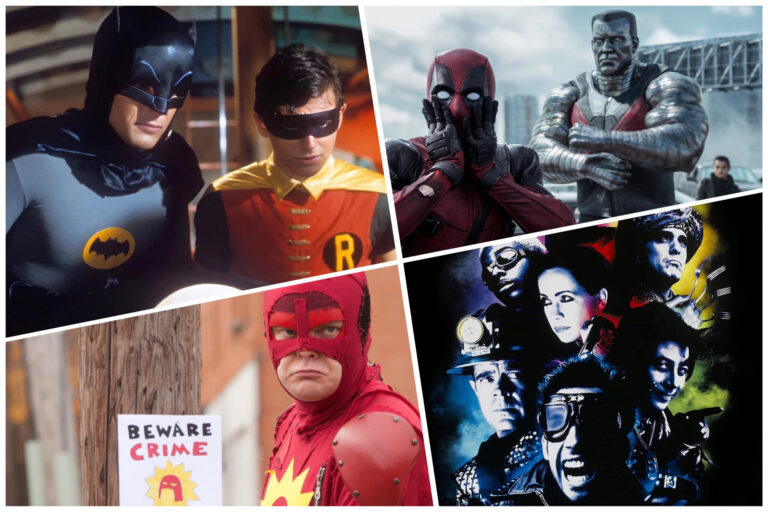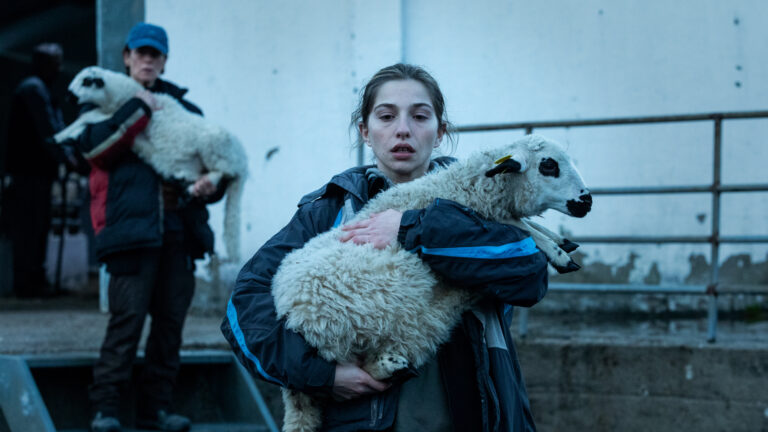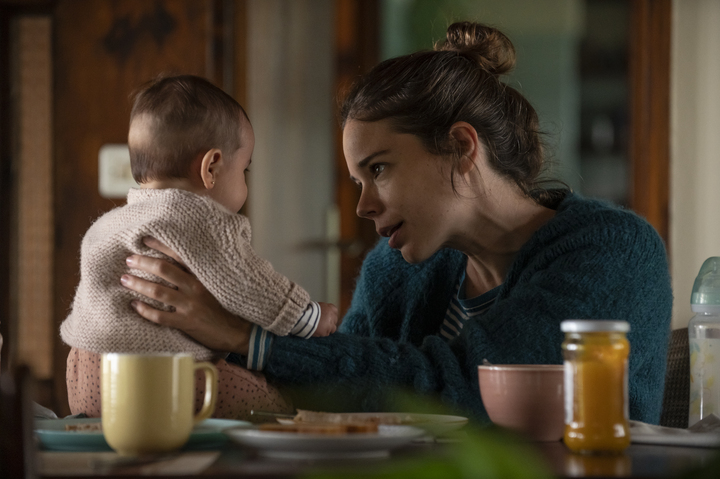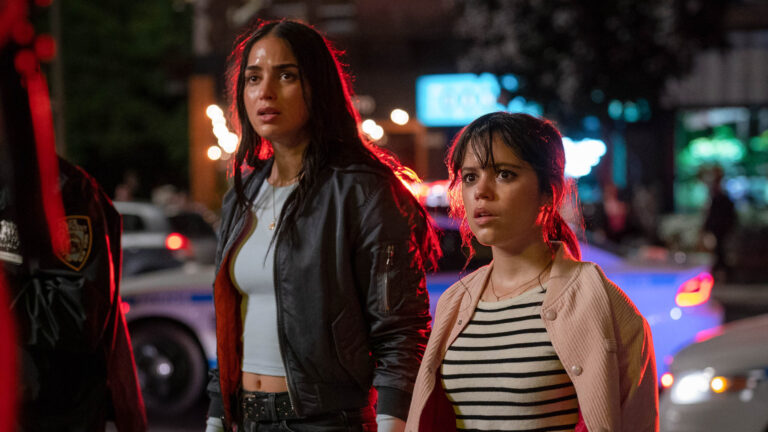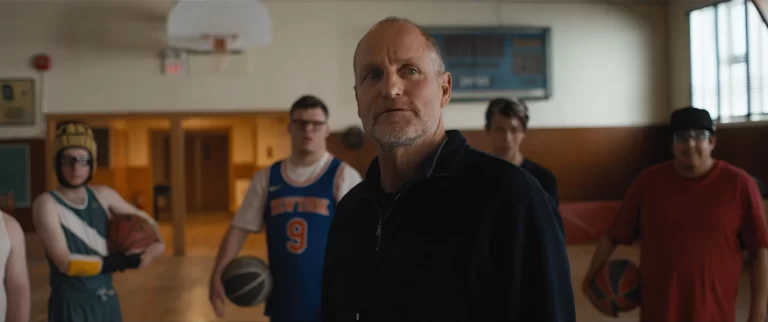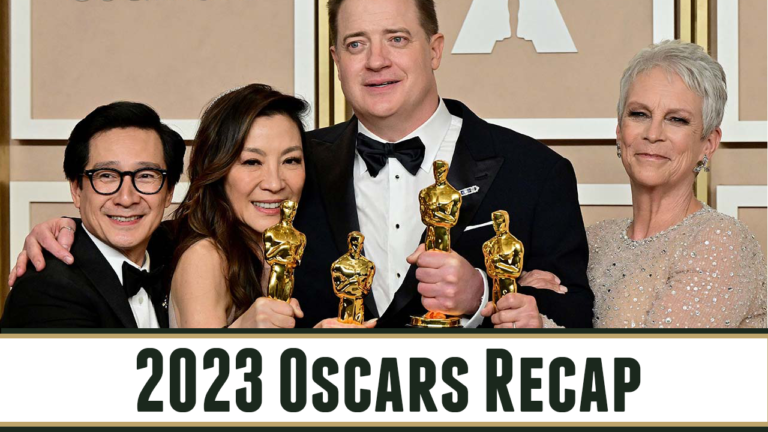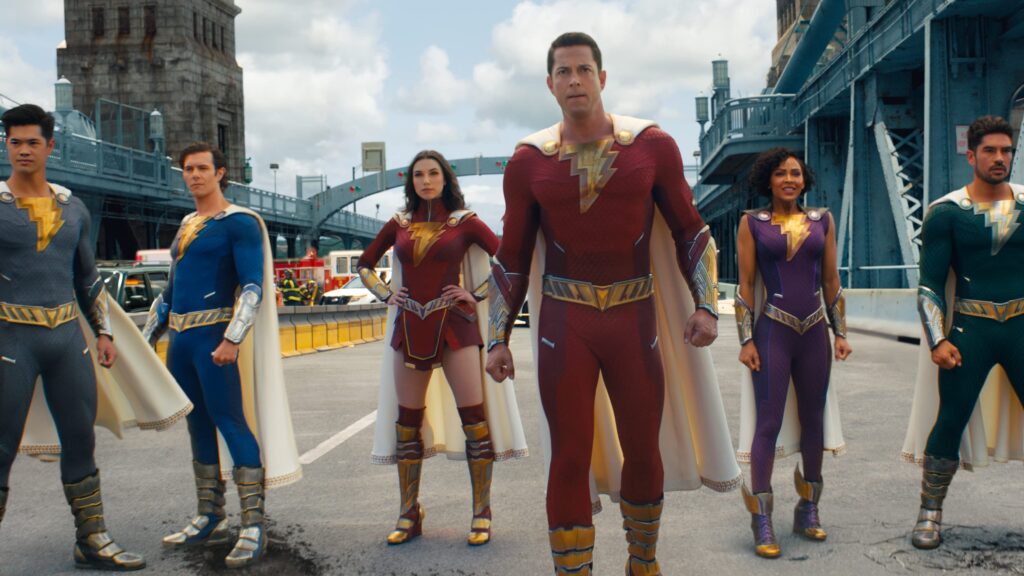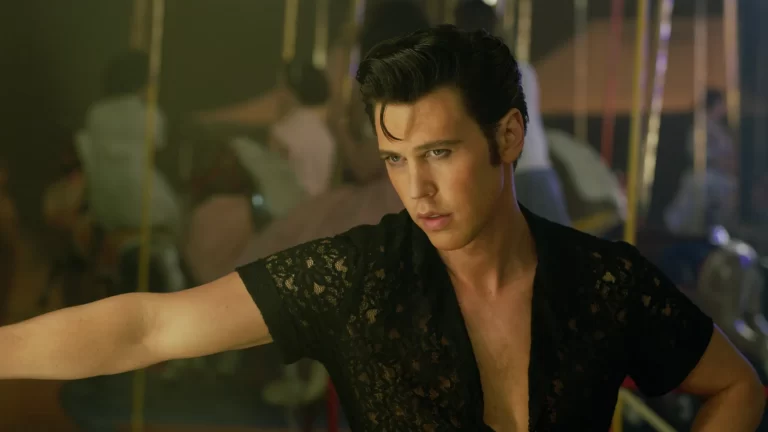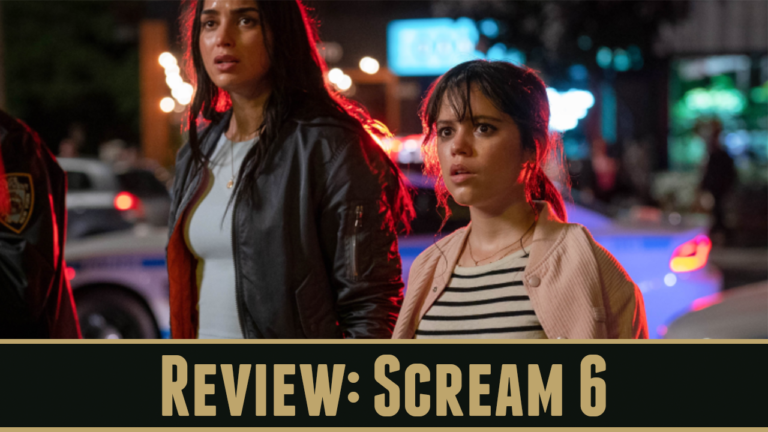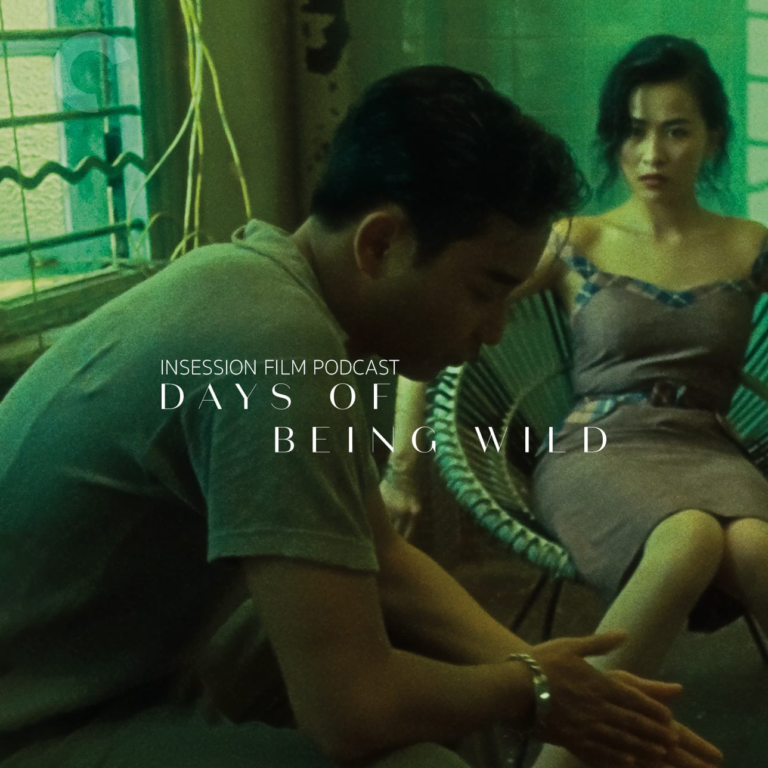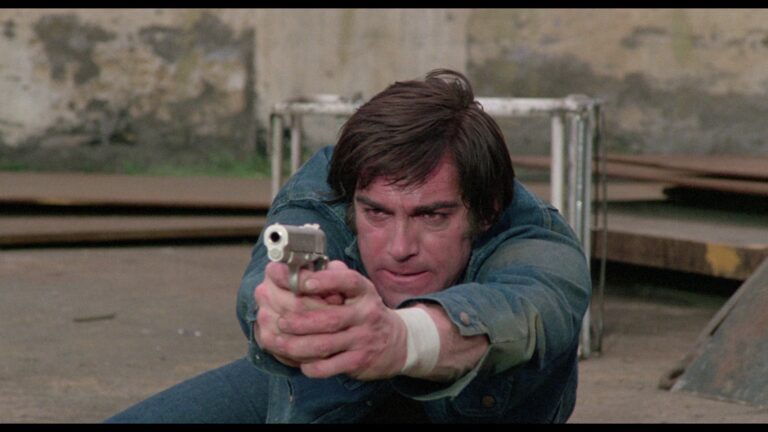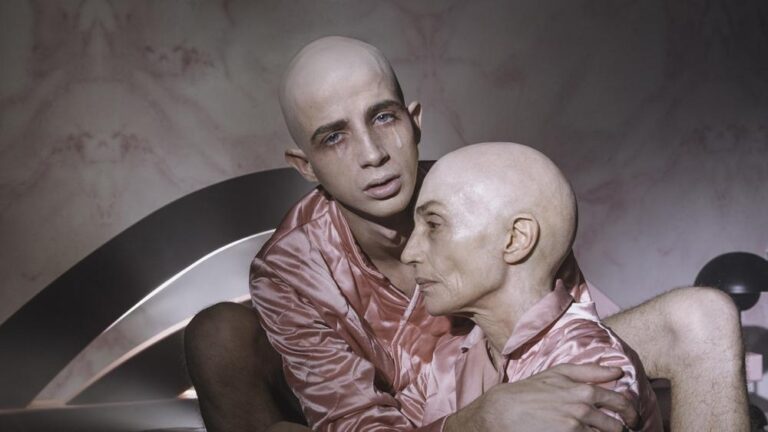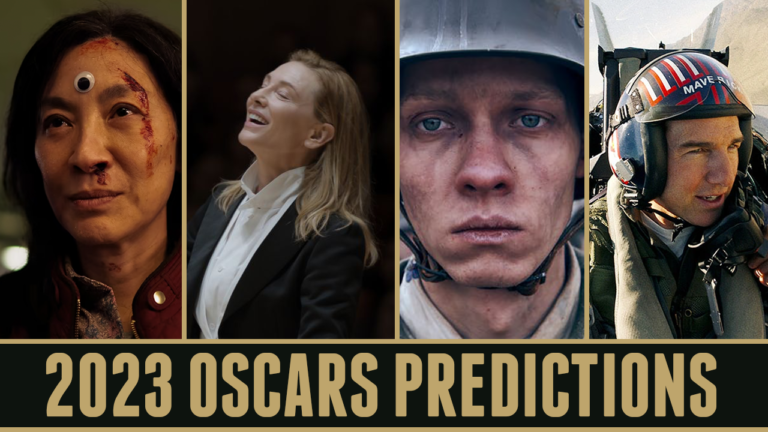Recently, the 37th Goya Awards (Spain’s own Oscars) handed out its Honorary Goya for achievement to legendary writer/director Carlos Saura, one of the country’s most acclaimed filmmakers for the last sixty years. Saura came about in the middle of the dictatorship of Francisco Franco, whose censors board blocked anything that went against the Catholic nature of Spain and mocked the status quo. He was among the few who successfully threaded the needle and made films that critiqued Spain’s ruling class without the wrath of the censors. Even after the end of Franco, Saura continued to thrive in the new freedoms Spain was granted into the 2000s.
However, he would never accept the Honorary Goya in person. Oneday before the show, Suara died at the age of 91 on February 9th of this year. Only one week earlier, he released his final movie, the documentary Walls Can Talk. His legacy in Spanish cinema is such that he transitioned from era to era and kept adapting to new stories that made him move away from themes of repression to themes of musical unity and adoration. Some of the early acclaimed films notably starred Geraldine Chaplin, who also was in a relationship with him at the time. He received three Oscar nominations for Best International Film and was awarded multiple times by the Berlin and Cannes Film Festivals, as well as the Goya Awards. Here are his most notable films.
The Hunt (1966)
The first film that made Saura a prominent name was this metaphor about a group of friends, all former pro-Franco soldiers, who go on a hunting trip together for rabbits. But after one drunken night, hidden jealousies and old grudges surface back up, changing the targets from rabbits to each other. Saura was a young boy when the Spanish Civil War broke out in 1936; his parents were Republicans who opposed the Nationalists and were forced to move around for their safety when the Nationalists claimed victory in 1939. Thirty years after the war, while Spain tried to portray itself as having moved on from this dark period, Saura shows that bitter feelings, even within the victorious camp, were still very present.
These four men in the film talk about how good it was when fighting in the war (the film was shot in a valley where an actual battle took place) and even speak of killing other humans as fun. While they are supposed conservative-minded people as Franco sought to prop up against secularism and communism, each of the men has a contradicting flaw. The action and fast-paced editing caught Sam Peckinpah’s attention when he was preparing to shoot The Wild Bunch. Saura does an amazing job of putting a mirror to these inconsistencies of what Spain had become and how far old and out of touch they are with the modern world.
Peppermint Frappe (1967)
Saura would move his allegory on Francoist repression into the home with a Vertigo-inspired thriller of a man who becomes obsessed with his friend’s wife. Having claimed to have seen her before and fallen in love with her, the man tries to woo her over; failing to do so, he convinces his secretary to dress like the woman as a double, falling for her also. Saura’s protagonist is a successful doctor with a male chauvinist view of life, yet his attention to a woman married to his friend goes against that. It takes him to deranged ends, putting in some surrealist moments that picture what is in the doctor’s mind. This was the first film to feature Chaplin and would also star in the next film below.
Cria Cuervos (1976)
Released the year after Franco’s death, Saura tells the story of innocence lost when a young girl, already having lost her mother, finds her father dead. While set in contemporary times, references from the past, especially about the girl’s parents, are brought up as constructing the complicated layers of her deceased father and the possibility that he was murdered. The film title translates to “Raising Ravens,” based on a Spanish proverb about a parent who raises their children improperly and they lash out. In this case, the child does not mourn her father’s death because he was an abusive husband and the child thinks this caused her mother to die of cancer.
In addition, her father, a staunch fascist, was part of a volunteer group who fought with Nazi Germany in World War II. This adds another layer to the disgust the girl has for her own father, not kissing him goodbye in his coffin when she’s led to him. Again, Saura reflects on a childhood growing up in the era of Franco (who was alive when filming took place) and how it has distorted realities for the generations that have grown up during his time. Even years later, people like the little girl will have grown up only knowing that Spaniards were only killing each other instead of being a community feeling isolated from the rest of the world.
¡Ay Carmela! (1990)
In the 1980s, Saura celebrated Spain’s new freedom as a Western secular democracy in whichleft-wing politics, once banned under Franco, were now in power. He broke away from these themes to make the Flamenco trilogy, (Blood Wedding, Carmen, El Amor Brujo) that celebrated Spain’s cultural heritage with music and love. He would stick to comedy but return to the subject of the Civil War about a trio of traveling performers who sympathize with the Republican side who are captured and forced to do a show for Nationalists troops in return for their freedom.
The title is a song that was popular with Republicans in the war and, for Saura, it allows him to have a new perspective on the terrible conflict. He uses comedy to highlight the wounds of the war, as well as to play defiance against the powers that would have undisputed power for the next 36 years. Singing a pro-Republican song while showing what the Nationalists wanted to see, naked breasts, is a dose of what the Nationalists were fighting against. They wanted modesty, keeping women at home, and following closely to the word of God over godless socialism. It can be said that the film invokes similar feelings to To Be Or Not To Be, Ernst Lubitsch’s comedy in the early 1940s about a theater troupe in Nazi-occupied Poland. But while Lubitsch keeps it to entirely comical farce, ¡Ay Carmela! maintains its seriousness about the final facts of Spanish history.
Follow me on Twitter: @brian_cine (Cine-A-Man)



